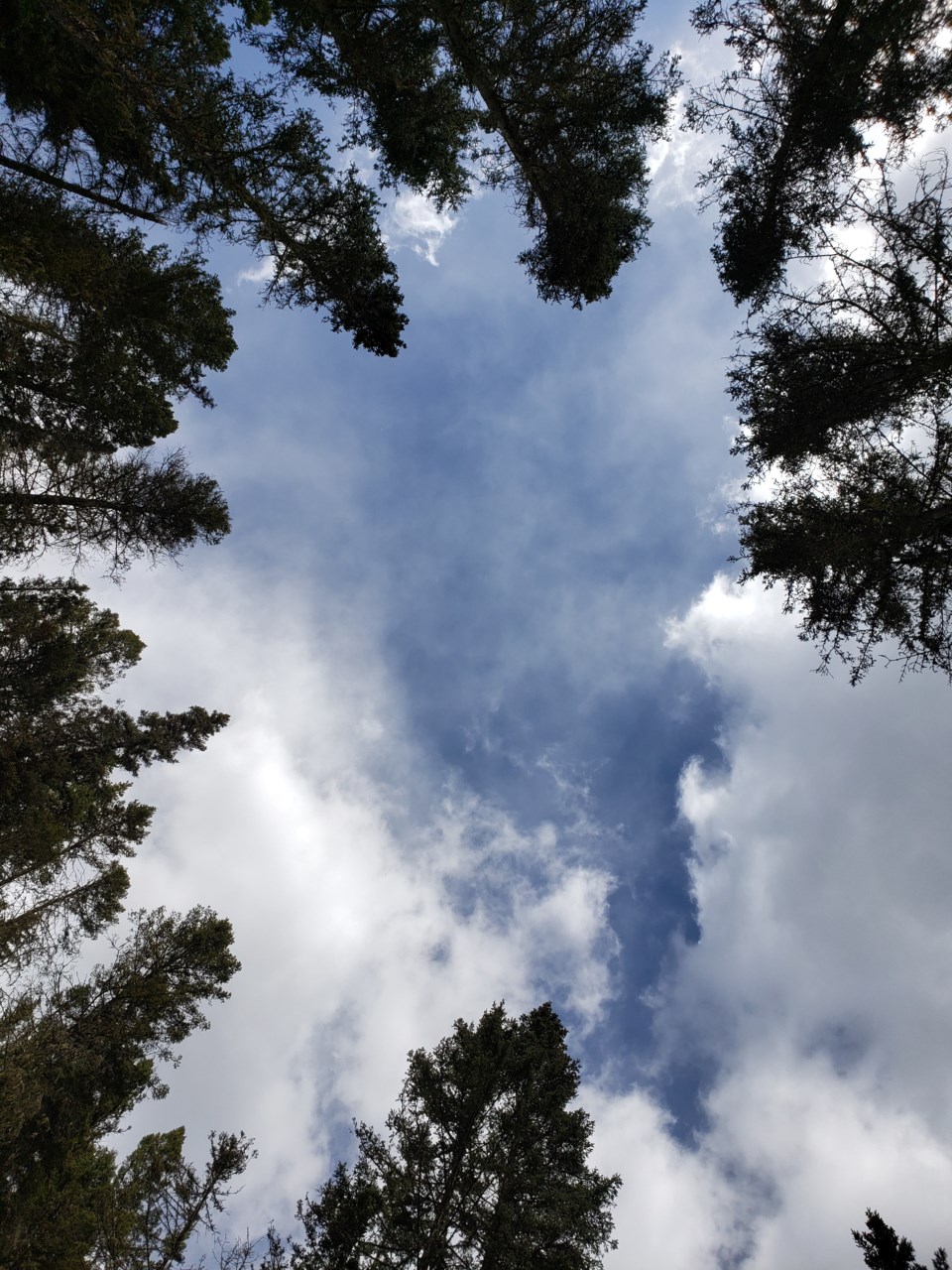Trees have many benefits we often do not think about. They contribute to the health of our planet and help to fight against climate change. Trees have the ability to capture and store carbon in their biomass ‑ their roots, branches and even their stumps. Even more exciting is that the older a tree is, the better it can absorb carbon from the atmosphere. Research has shown that almost 70 per cent of the carbon stored in trees is accumulated in the last half of their lives.
It is only a theory, but it is thought older trees will store more carbon because they are at the top of the tree canopy and thus have consistent access to the sun. However, it is not just the height of a tree that is important, as trees will store more carbon in proportion to their size. This happens through the process of photosynthesis, where the trees take the energy from the sun, and, along with carbon dioxide from the atmosphere, convert it into carbon-based sugars that are then stored in the tree and allow the tree to do its daily work.
Older trees are more efficient in the storing of carbon as they are less sensitive to changing weather conditions. When you look at the rings of life of a tree by taking a cross-section of the trunk, those rings tell a story. It tells you of years of plenty, those of famine and it shows almost half of the carbon stored occurred in the last quarter to half of the life of the tree. We should consider the worth of old age trees in our battle against climate change.
The areas on Earth that are not occupied by humans are important. Not including the oceans, which are also an important carbon storage area, forests store around 90 per cent of the biomass on the surface of the Earth. In particular, tropical forests remove enormous amounts of carbon globally every single year. Plants have the ability to convert carbon dioxide from our atmosphere into a form that makes it difficult to release back into the air. Trees, being the most visible part of our landscape, have an extremely high value.
Green spaces in urban areas are not only aesthetically pleasing, they actually have the ability to cool urban heat islands. This cooling effect is fact. It is cooler to stand in the shade of a tree than in the shade of a building due to some of the processes that are occurring in the tree itself. The leaves will reflect light and heat back upwards while they are providing shade, but the process of transpiration will release water into the air, which actually lowers the ambient temperature.
There have been countless studies done that also reflect this great phenomenon. Urban forests do combat the urban heat wave. Even a reduction of 10 per cent in the canopy in an urban forest can increase the mean temperatures in the urban area by up to 10 degrees. The opposite is also true by increasing the urban green cover by 10 per cent can reduce that temperature increase in the concrete jungle to only one degree.
We all know plants have the ability to improve the quality of the air around us. They have the ability to extract a wide range of air pollutants that are emitted by traffic, industry, building materials and furniture. They also release oxygen into the air which improves the quality of the air we breathe.
Our forested areas contribute to flood and water management. They facilitate the infiltration of rain water into the ground so developing green spaces is essential to improving our green infrastructure. Runoff is a concern as it has a huge impact on water management practices. We should think about ensuring green space development is an integral part of the overall plan for water management.
So, as you can see, there are both obvious and less obvious reasons to value our green spaces and especially the trees!
Hanbidge is the lead horticulturist with Orchid Horticulture. Find us at www.orchidhort.com; by email at [email protected]; on facebook @orchidhort and on instagram at #orchidhort.
Tune into GROW Live, weekly on our facebook page https://www.facebook.com/orchidhort/?modal=admin_todo_tour or check out the channel GROW https://www.youtube.com/channel/UCzkiUpkvyv2e2HCQlFl0JyQ? on youtube.
Hanbidge on Horticulture: Trees will take energy from the sun along with carbon dioxide from the atmosphere, and convert it into carbon-based sugars that are then stored in the tree




